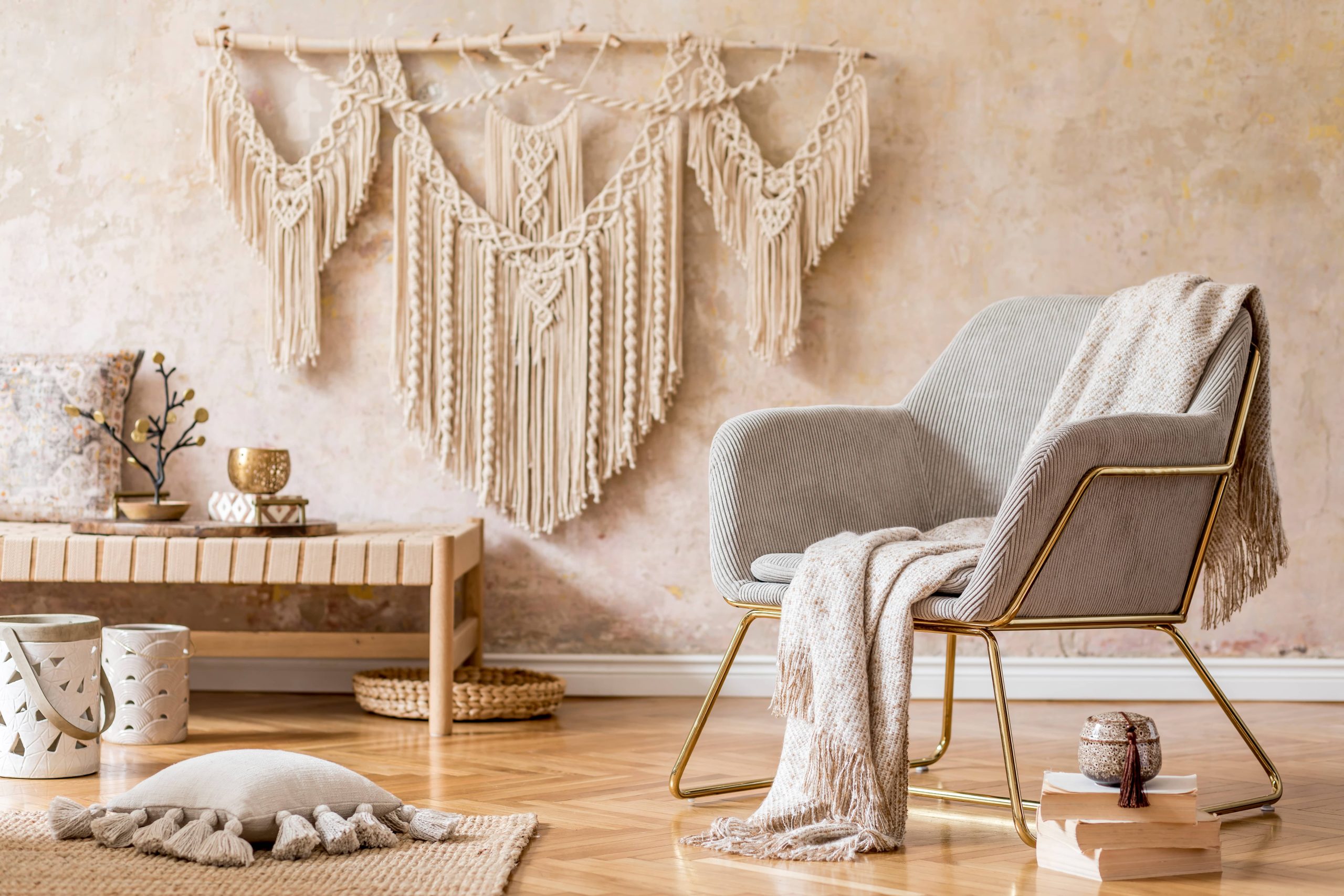
In recent years, indoor plants have found a permanent place in the spotlight. No longer just a fleeting trend, bringing greenery indoors has become an enduring element of interior design, beloved for its aesthetic appeal and myriad of health benefits. Whether you’re seeking to enhance your décor with a touch of nature or crafting a calming sanctuary within your home, creating your own indoor plant arrangements is a fulfilling endeavor. Let’s explore how you can breathe life into your living space with creative plant arrangements that not only look beautiful but also elevate the ambiance of your home.
Why Indoor Plants?
Before delving into the art of arrangement, it’s essential to understand why indoor plants are such a popular choice. Beyond their natural beauty and the peaceful vibe they bring, indoor plants improve air quality by filtering toxins and adding oxygen to your home environment. Their presence has been linked to reduced stress levels and increased focus, essentially adding a therapeutic element to your living space. In addition, plants like aloe vera, peace lilies, and spider plants are particularly effective in purifying the air.
Selecting the Right Plants
The first step in creating your indoor plant arrangement is selecting the right plants. Consider factors such as light availability, humidity levels, and your ability to maintain them. For lower light settings, consider snake plants, ZZ plants, or pothos, which are resilient and forgiving. Areas with brighter light can house succulents, fiddle leaf figs, or rubber plants. If your home tends to be humid, ferns, calatheas, and orchids can flourish beautifully.
The key is to mix and match. Diversity in plant size, texture, and color can create a visually rich and inviting arrangement. For instance, pairing a tall, leafy monstera with trailing ivy and small, variegated pothos can create depth and dimension.
Containers and Vessels
Choosing the right container is as meaningful as selecting the plants themselves. The pot or container can define and enhance your plant arrangement, so opt for a variety that complements your interior style. Rustic terracotta pots offer an organic feel, while sleek ceramic or glass containers offer a modern or minimalist look. Vintage tins, woven baskets, and wooden boxes can add character and charm.
Remember, the size of your container dictates the growth potential of your plants. A plant that is pot-bound will not grow beyond the limits of its container, so choose wisely depending on whether you want to maintain a plant’s size or encourage growth. Additionally, ensure that your pots have adequate drainage to prevent waterlogging, which can harm your plants.
Arrangement Aesthetics
Arranging your plants is where creativity truly blossoms. Here are a few key principles to guide your arrangements:
1. Height and Scale: Start with a focal point by choosing a larger or taller plant as the central focus. Surround it with smaller plants to create a sense of balance and flow. This technique also adds height variation, making the arrangement more interesting.
2. Colorful Contrasts: Utilize plants with contrasting colors and textures. For example, pair deep green leaves with lighter hues or variegated varieties. The visual contrast will draw the eye and add an element of dynamism.
3. Layering and Grouping: Grouping plants in odd numbers often creates a more natural, unforced look. Use varying pot heights and stand to create layers, allowing each plant its moment to shine.
4. Balance and Symmetry: Symmetrical arrangements can be striking but sometimes lack personality. Playing with asymmetry can create a more relaxed, organic, and inviting space.
Caring for Your Arrangements
Once your indoor plant arrangement is complete, maintaining it is crucial to keep the plants healthy and vibrant. Here are some tips:
– Watering: Establish a watering schedule based on the needs of each plant. Overwatering is a common mistake and can drown your plants. Check soil moisture before watering — the top inch should be dry for most plants.
– Light Needs: Ensure each plant receives the appropriate amount of light it requires. Rotate your plants occasionally to ensure even growth.
– Pruning and Cleaning: Regularly prune dead leaves and stems to encourage growth. Wipe down leaves with a damp cloth to remove dust buildup, which can hinder photosynthesis.
– Feeding: During the growing season, plants benefit from occasional feeding with a balanced fertilizer. Be sure to follow the manufacturer’s instructions to avoid over-fertilization.
Incorporating Plants into Décor
Use your plant arrangements as a key element of your home décor by incorporating them onto shelves, coffee tables, or along windowsills. Hanging plants can also add vertical interest and are perfect for small spaces. Consider tiered plant stands or wall-mounted planters to maximize space.
The magic of indoor plant arrangements lies in their ability to become dynamic pieces of living art, a reflection of your personal style that changes and grows over time. Creating your own arrangements not only enhances your home’s décor but also brings a sense of tranquillity, beauty, and life into your everyday environment.
In conclusion, with thoughtful selection, creativity, and care, you can craft stunning indoor plant arrangements that will transform your home into a lush, vibrant oasis. So, go ahead and let your creativity flourish — your home (and your well-being) will thank you for the verdant touch.

